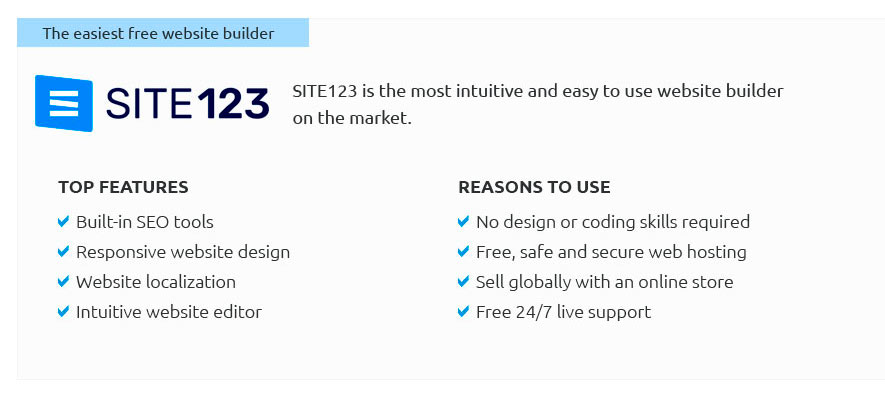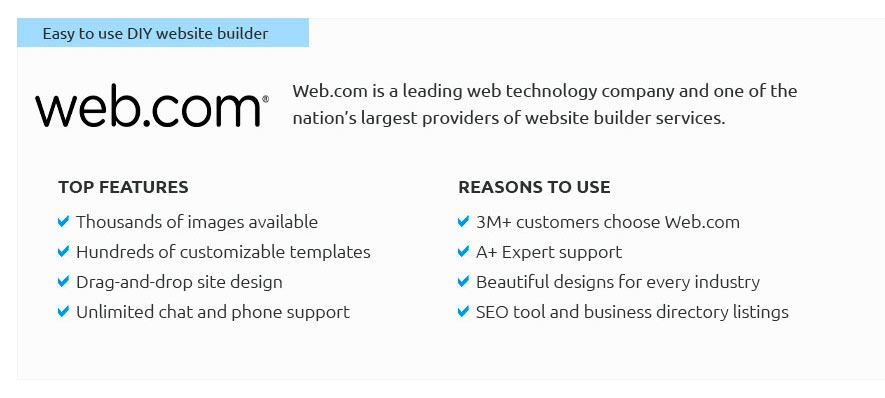 |
 |
 |
 |
|
 |
 |
 |
|
 |
|
 |
 |
|
 |
|
 |
|
 |
 |
The Best Way to Code a WebsiteCoding a website is a multifaceted endeavor that combines creativity, technical skills, and a keen understanding of user experience. In today's digital age, where the online presence of a business or individual is pivotal, crafting an effective website is more important than ever. This article delves into the best practices for coding a website, offering a comprehensive overview of the necessary steps and considerations. Understanding the Basics: Before diving into the technicalities, it's crucial to understand the fundamental building blocks of web development. HTML (HyperText Markup Language) forms the skeleton of a website, defining its structure and content. CSS (Cascading Style Sheets) is used to style the website, controlling aspects like layout, colors, and fonts. JavaScript adds interactivity, enabling dynamic content and enhanced user engagement. An adept web developer must be proficient in these core technologies to create a well-rounded website. Planning and Design: The initial phase involves meticulous planning and design. A well-thought-out design ensures that the website is not only aesthetically pleasing but also functional and user-friendly. Start by sketching wireframes to visualize the layout and flow of the site. Consider the target audience and their needs, ensuring that the website's navigation is intuitive and the content is easily accessible. Tools like Adobe XD or Figma can be invaluable in this stage, allowing you to create interactive prototypes and test different design iterations. Development Process: Once the design is finalized, the development phase begins. This stage involves writing clean, efficient code to bring the design to life. It's essential to follow best coding practices such as using semantic HTML tags for better accessibility and search engine optimization (SEO), keeping the CSS organized and modular, and writing concise JavaScript. Utilizing frameworks and libraries can expedite the development process; for example, Bootstrap for responsive design, React or Vue.js for building complex user interfaces, and Node.js for server-side scripting. Testing and Optimization: After coding, rigorous testing is paramount to ensure the website functions seamlessly across different devices and browsers. Tools like Google Lighthouse can assess performance, accessibility, and SEO, providing insights into areas for improvement. Additionally, optimizing images and code can enhance loading speeds, which is crucial for user retention and search engine rankings. Deployment and Maintenance: Deploying the website is the final step, requiring a reliable hosting service to ensure uptime and security. Platforms like GitHub Pages or Netlify offer straightforward deployment options. Post-launch, continuous maintenance is necessary to update content, fix bugs, and adapt to evolving web standards.
In conclusion, coding a website is a complex yet rewarding task that requires a balanced blend of technical prowess and creative insight. By adhering to best practices and staying abreast of the latest developments in web technology, developers can create websites that are not only functional and beautiful but also scalable and robust. https://www.youtube.com/watch?v=HXYZxVbWkjc
... Code: https://github.com/bradtraversy/saas-landing-page iCodeThis ... APIs for Beginners - How to use an API (Full Course / Tutorial). https://www.codecademy.com/learn/paths/learn-how-to-build-websites
One of the best ways to start coding is by building websites. Whether you want to tweak your business's site, hone your web development skills, or learn to ... https://www.reddit.com/r/learnprogramming/comments/gmbkif/a_nononsense_guide_how_to_code_and_launch_your/
This. GitHub pages is really good for hosting free websites. There's also Heroku which is pretty easy to set up with GitHub if you want a back- ...
|